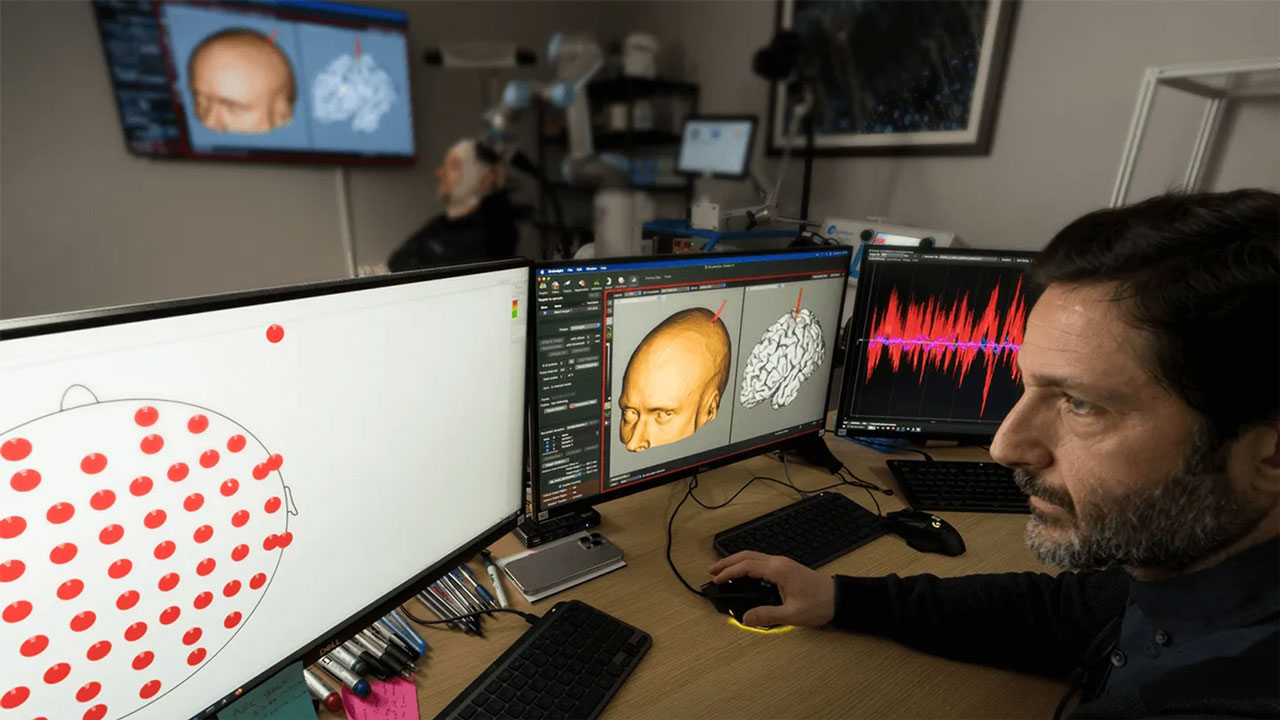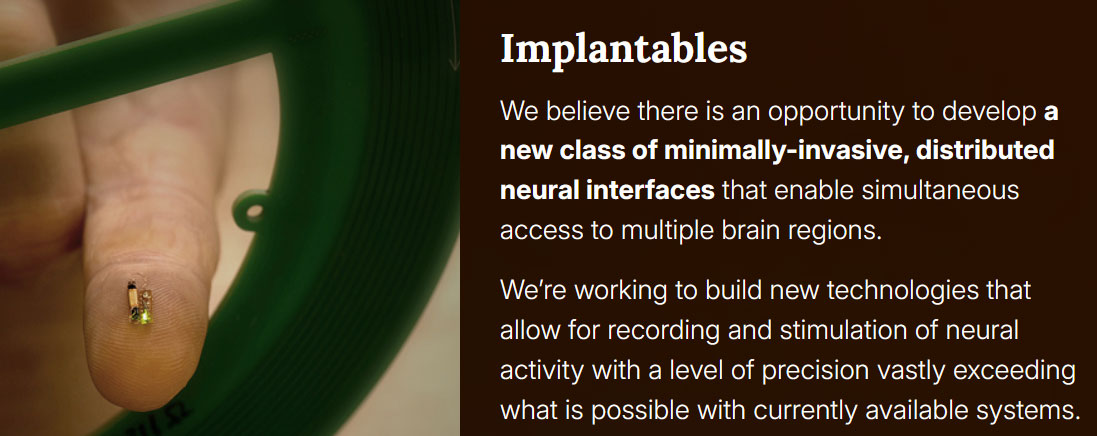Gabe Newell’s brain-computer interface startup to reveal first chips later this year
Starfish aims to roll out a battery-free system which connects to multiple parts of the brain simultaneously.

Starfish Neuroscience, a startup co-founded by Valve CEO Gabe Newell, has published an article revealing the first details of its brain-computer interface (BCI) chip.
The firm proposes a “new class of minimally-invasive, distributed neural interfaces that enable simultaneous access to multiple brain regions.” Moreover, a Starfish BCI could be the first fully wireless, battery-free implant available, if all goes to plan. According to its blog, the startup’s first chips are expected to arrive “in late 2025.” Perhaps the relationship with Newell means related tech will eventually find its way into gaming headsets and controllers.

In its report on the Starfish BCI news, The Verge notes that Newell’s fascination with BCIs began over 10 years ago, and that Valve once considered adding earlobe monitors to its VR headset products. As recently as 2019, Valve also publicly explored BCIs for gaming. Later the same year, Newell incorporated Starfish Neuroscience, and we are now seeing the first fruits as it emerges from stealth.
In its new blog post, Starfish says its BCI has the opportunity to do well thanks to two key features, its minimal size and the eschewing of built-in battery power. In regular use, the Starfish processor will consume just 1.1mW, it says. That contrasts with the Neuralink N1, which uses around 6mW.
- Low power: 1.1 mW total power consumption during normal recording
- Physically small: 2 x 4mm (0.3mm pitch BGA)
- Capable of both recording (spikes and LFP) & stimulation (biphasic pulses)
- 32 electrode sites, 16 simultaneous recording channels at 18.75kHz
- 1 current source for stimulating on arbitrary pairs of electrodes
- Onboard impedance monitoring and stim voltage transient measurement
- Digital onboard data processing and spike detection allows the device to operate via low-bandwidth wireless interfaces.
- Fabricated in TSMC 55nm process
The startup also thinks that its smaller, lower power BCI implant(s) may work best connected to multiple parts of the brain simultaneously. For use in medical therapy, this multi-zone methodology could address human brain issues which affect several areas of the brain, like Parkinson’s disease.
Starfish isn’t so bold as to think it can go it alone with its new processor and BCI system. Rather, its blog floats the idea of collaborators on wireless power delivery and communication, and on custom implanted neural interfaces. It also admits “there is tons of work yet to be done here,” and is looking for employees, as well as partners, to boost its fortunes.
Follow Tom's Hardware on Google News to get our up-to-date news, analysis, and reviews in your feeds. Make sure to click the Follow button.
Get Tom's Hardware's best news and in-depth reviews, straight to your inbox.

Mark Tyson is a news editor at Tom's Hardware. He enjoys covering the full breadth of PC tech; from business and semiconductor design to products approaching the edge of reason.
-
Hooda Thunkett God, I have a lot of unrelated feelings about this.Reply
First is, it could have genuine positive medical uses. But how would it respond to an MRI? Will I have to screen patients for BCI like I do for wearable glucose monitors and magnetic nail polish?
Second is, I just feel like this isn't really being developed for medical uses. This and other BCIs are being developed because billionaire science fiction fans think it would be cool, just like AI, and potential Mars colonies, without any consideration as to societal consequences, possible problems, or weather we actually, you know, want or need it. -
BFG-9000 What could go wrong?Reply
On the bright side, 1.1mW would only require eleven of those 100 microwatt betavoltaic cells good for 50 years. -
tamalero Reply
I got an implant.. so I imagine these are even more delicate.Hooda Thunkett said:God, I have a lot of unrelated feelings about this.
First is, it could have genuine positive medical uses. But how would it respond to an MRI? Will I have to screen patients for BCI like I do for wearable glucose monitors and magnetic nail polish?
Second is, I just feel like this isn't really being developed for medical uses. This and other BCIs are being developed because billionaire science fiction fans think it would be cool, just like AI, and potential Mars colonies, without any consideration as to societal consequences, possible problems, or weather we actually, you know, want or need it.
Theres literal guidelines of max amount of power my implant can handle before it fries my brain
Or worse.. rips it out of my kull during a cat scan or similar device. -
Findecanor This is something that need to be highly regulated, from day one.Reply
You know, this company's closest competitor is run and owned by a famous guy (on TH's front page right now, BTW) who is actively dismantling government regulations while we sit here and discuss.
You'll be playing for the Combine. And the graphics and sensations will be very realistic. Because they are reality.coolestcarl said:Half life 3 confirmed.